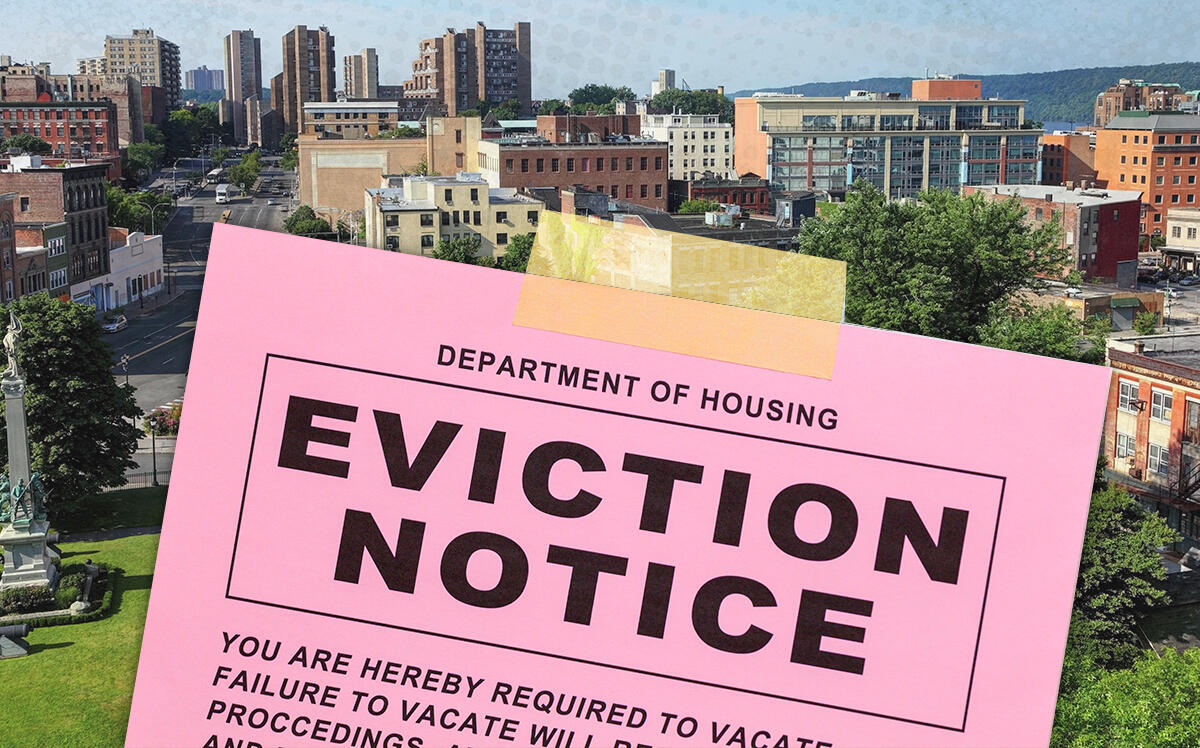Westchester saw more eviction notices filed during the pandemic than any other county in the state besides New York City’s five boroughs, a new analysis shows.
This year alone, landlords in the county have filed 2,183 eviction notices, according to Lohud, which examined state court system data broken down by zip codes.
Nearly half of Westchester’s notices — 1,073 — were filed in Yonkers, where renters occupy the majority of housing units, though it’s unclear how many ended with orders to vacate given the ongoing statewide eviction moratorium. On a countywide basis, over 40 percent of households have occupants who spend at least 30 percent of their monthly income on housing costs, such as rent or mortgages, according to a 2019 study.
Suffolk and Nassau Counties, meanwhile, saw 1,847 and 1,229 eviction notices, respectively, despite having higher populations than Westchester County. Neighboring Putnam County, saw the fewest eviction filings with just 21, according to the data.
In terms of evictions per capita, the Bronx by far has seen the most notices — one out of every 140 residents has been served an eviction notice this year. Taken together, more than 30,000 eviction notices have been filed in the city’s five boroughs this year, according to the data.
Still, there have been far fewer evictions statewide this year — roughly 46,000 — than in 2019, when landlords filed 262,300 eviction notices. About 46 percent of all housing units statewide are occupied by renters, Lohud reported, citing Census data.
The statewide eviction moratorium did not prevent landlords from filing for evictions, although Jason Mays with the legal aid nonprofit Hudson Valley Justice Center, credited the moratorium with reducing the number of proceedings.
“We know the number of households in arrears far exceeds the number of eviction filings,” Mays told Lohud.
The state recently expanded eligibility for its rent relief program to higher-income households, which may help stave off some evictions in pricier parts of the state where residents previously earned too much to qualify for assistance.
[LoHud] — Dennis Lynch
